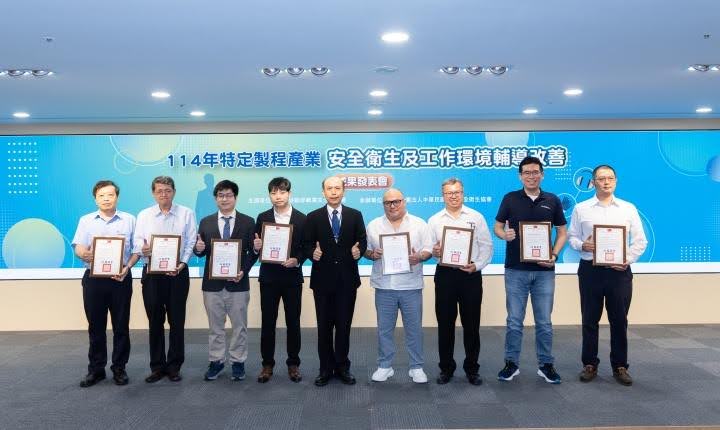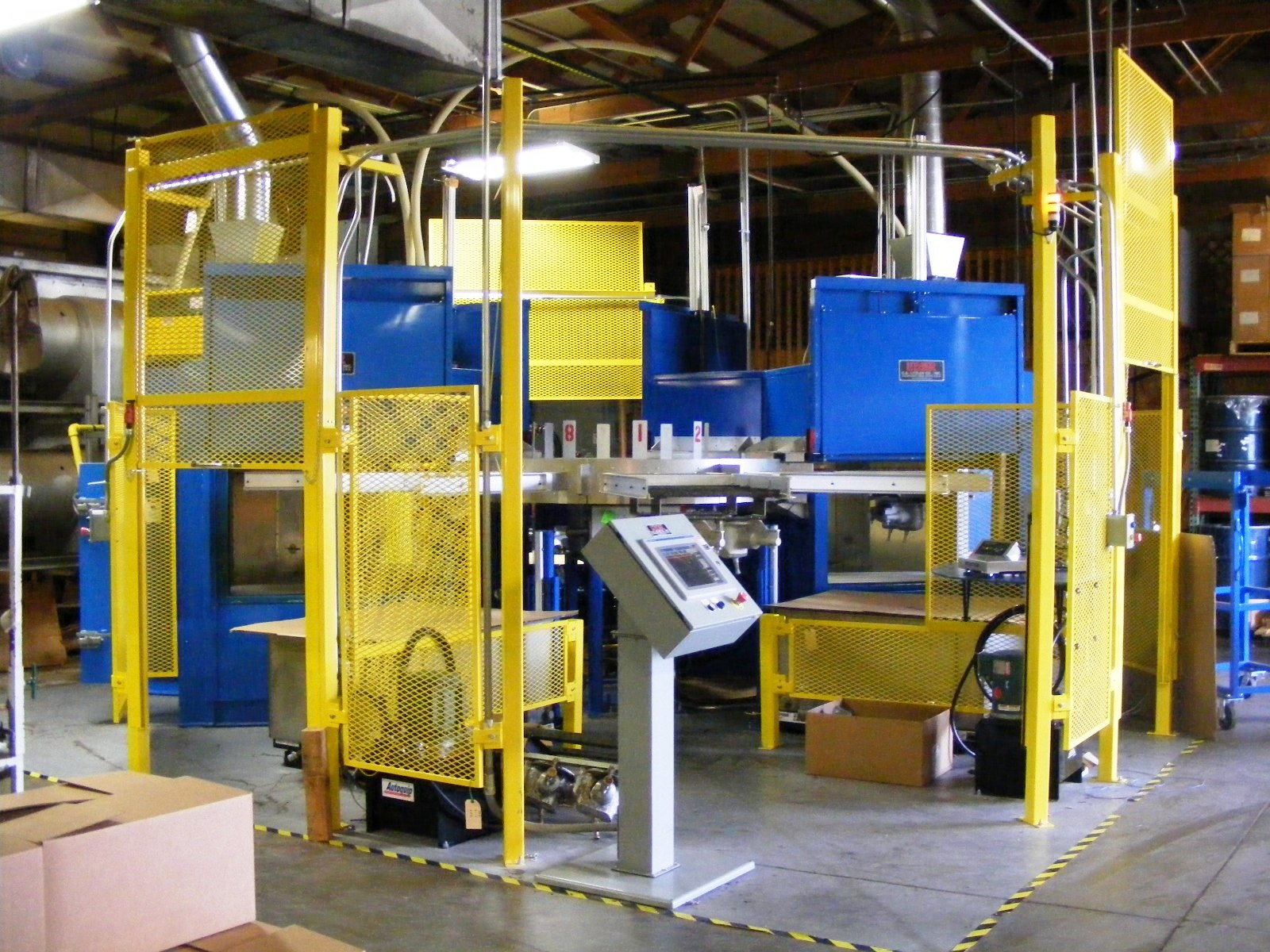In high-corrosion environments such as marine and petrochemical industries, choosing the right alloy for cast parts is more than just a technical decision—it’s a long-term cost control strategy. For engineers and industrial buyers, PREN (Pitting Resistance Equivalent Number) is one of the most valuable metrics when selecting between SS304, SS316, and SS316L for investment casting.
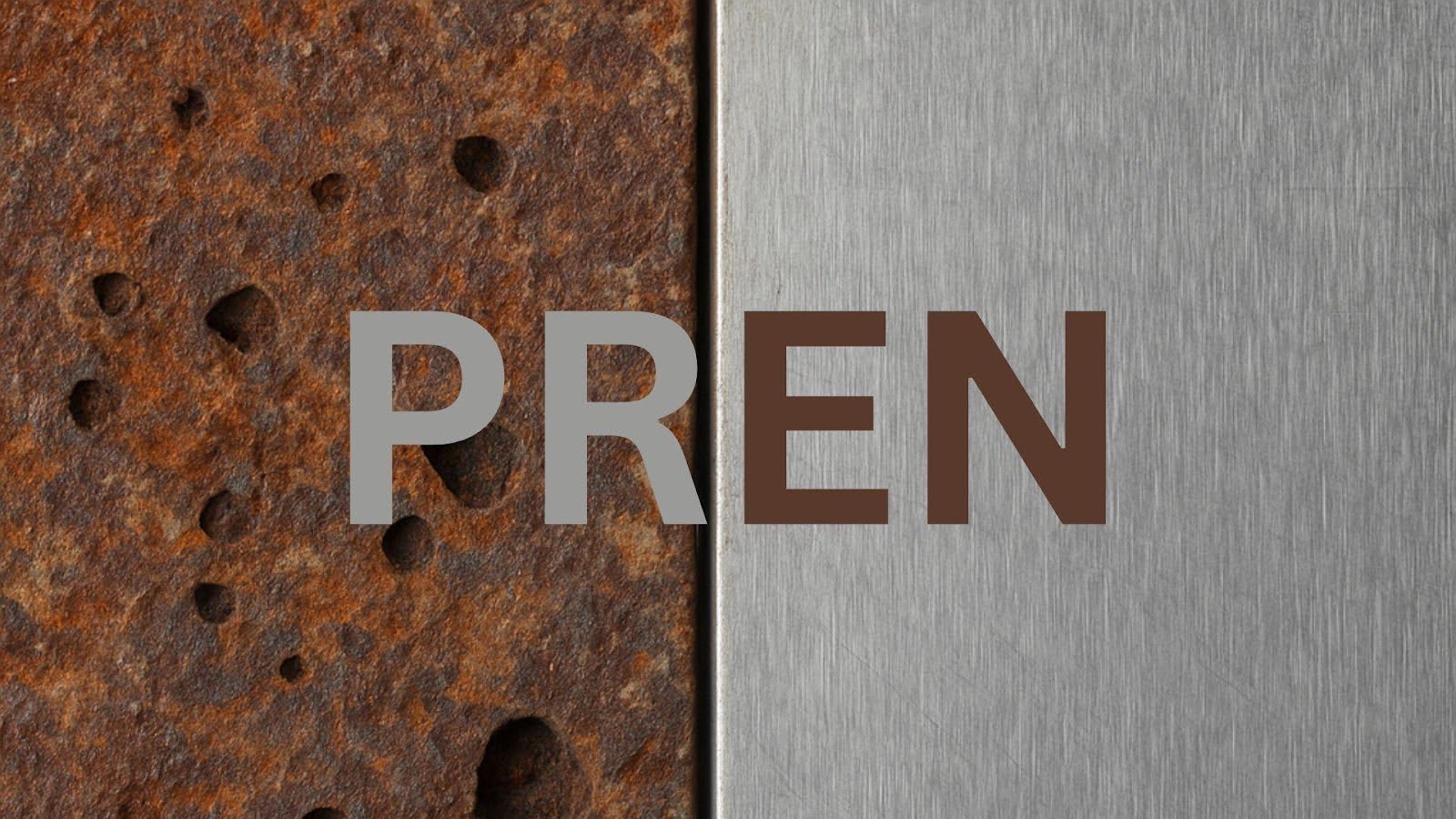
Table of Contents
Toggle- What Is PREN, and Why Is It Crucial for Stainless Steel Casting?
- PREN and Stainless Steel Grades: A Practical Look
- How PREN Matters in Marine & Petrochemical Applications
- How About Another Stainless Steel Choice?
- Waterson Supports Smarter Alloy Selection
- Key Takeaways
- Why Choose Waterson Investment Casting?
- How Outstanding Are Waterson Investment Casting Methods
- Waterson Stainless Steel Investment Casting Solutions
What Is PREN, and Why Is It Crucial for Stainless Steel Casting?
PREN stands for Pitting Resistance Equivalent Number. It estimates the corrosion resistance of stainless steels, particularly their ability to withstand pitting corrosion, which is a major concern in chloride-rich or acidic environments. This formula shows how to calculate equivalent resistance:
PREN = %Cr + 3.3 × %Mo + 16 × %N
Higher PREN values generally indicate better performance in resisting localized corrosion. Although it’s a theoretical formula, PREN is widely used across industries to screen stainless steels during material selection, especially before finalizing tooling for investment castings.
PREN and Stainless Steel Grades: A Practical Look
As industrial clients, you always require high dimensional precision and long-term performance in demanding environments. However, different materials offer different PREN values, and not all applications will use the best PREN grade material. Therefore, here’s the pitting resistance equivalent number table in terms of PREN and application:
| Grade | PREN (Approx.) | Typical Applications | Notes |
| SS304 | 18-20 | Non-pressurized components, indoor fittings | Cost-effective but limited in harsh environments |
| SS316 | 24-26 | Marine hardware, chemical tanks, valves | Better chloride resistance than SS304 |
| SS316L | 24–26 (lower C) | Welded components, submerged parts | Lower carbon = better resistance to intergranular corrosion |
How PREN Matters in Marine & Petrochemical Applications
In both marine and petrochemical industries, localized corrosion can lead to part failure, leaks, or costly downtime. Here’s where your material choice becomes critical:
- Marine Environment: Constant exposure to saltwater accelerates pitting corrosion. While SS304 may suffice for above-deck fittings, SS316 or SS316L is preferred for submerged or welded components. For example, SAFLOK coupler, made from SS316, is engineered to maintain leak-tight, vibration-resistant sealing under continuous seawater exposure. When paired with marine-grade stainless steel clamps, SAFLOK enables secure quick connections for deck-mounted hoses, valves, or ballast systems.
- Petrochemical Environment: Components exposed to chemicals, sour gas, or high chlorides require materials with higher molybdenum content. SS316L offers a strong balance between cost and corrosion resistance, making it ideal for chemical hose adaptors, couplers, and clamp-secured piping junctions in tank farms or loading arms. The clamp + coupler configuration provides quick-release convenience while ensuring operational safety.
Want to understand how PREN aligns with real-world corrosion behavior? Explore the engineering factors in our PREN guide.

How About Another Stainless Steel Choice?
While duplex stainless steels such as 2205 or S32750 offer even higher PREN values (35+), they also come with higher costs and casting complexity. For many industrial users, SS316L remains the optimal choice due to its availability, ease of casting, and proven performance—especially in precision components like SAFLOK couplers, which require both tight tolerance and superior corrosion resistance.
If you’re unsure whether your application needs duplex or austenitic stainless, consider:
- Expected chloride exposure level
- Welding requirements
- Dimensional tolerance and casting feasibility
- Lifecycle cost vs. upfront tooling investment
For detailed material selection advice, contact us at info@waterson.com !
Waterson Supports Smarter Alloy Selection
At Waterson Corporation, we specialize in investment casting using SS304, SS316, and SS316L, customized to your corrosion environment, performance requirements, and dimensional needs. Our engineered solutions, including the SAFLOK coupler/adaptor system—have been trusted by global marine and petrochemical customers for their performance in harsh, high-salinity, or high-pressure environments.
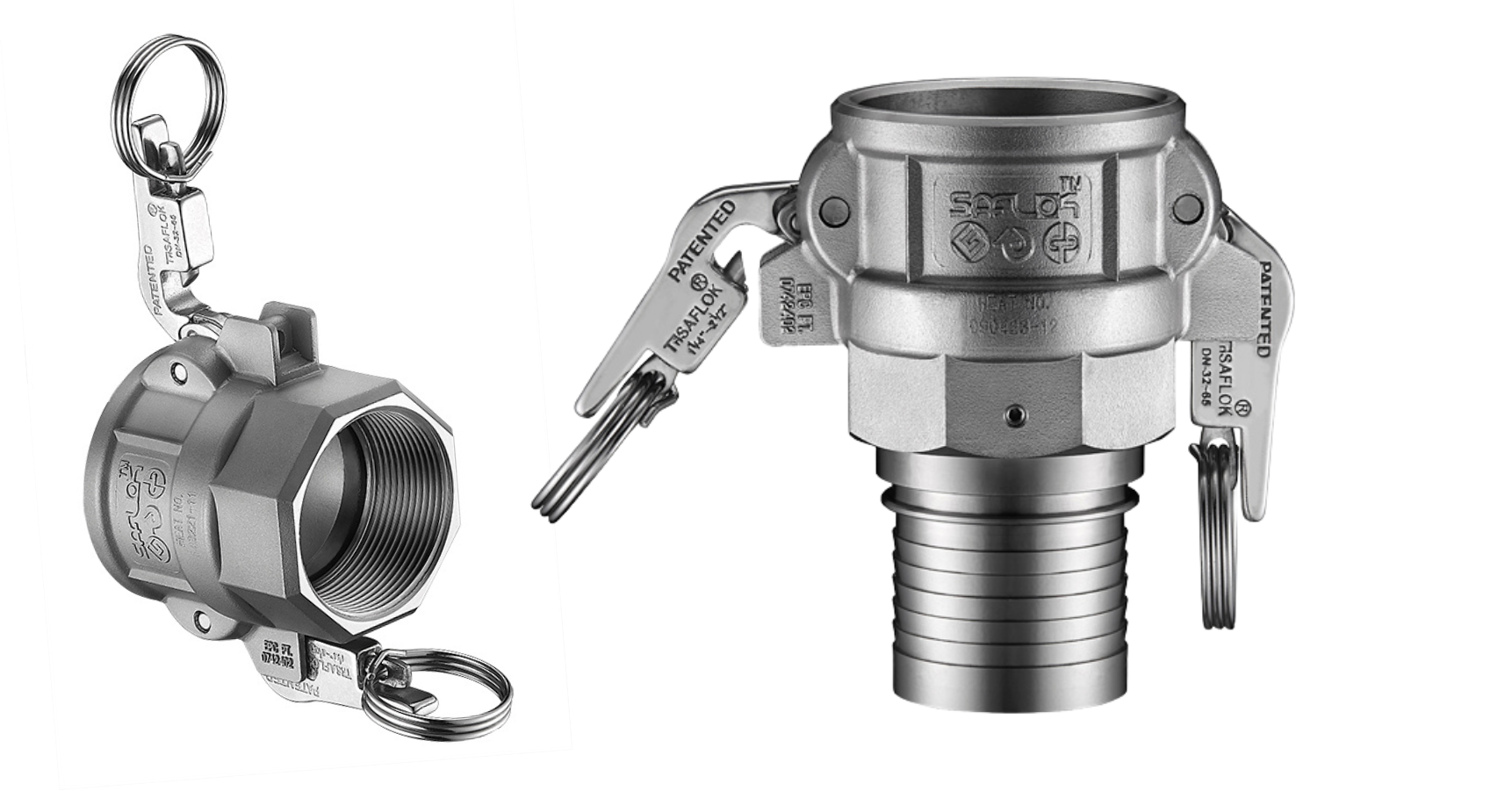
The ability to integrate our couplers with industry-standard clamp systems gives operators the flexibility to adapt to changing flow paths, simplify maintenance, and reduce downtime—all while ensuring long-term corrosion protection.
Need help choosing between SS304, SS316, or SS316L for your next casting project? Explore our investment casting alloy selection guide here.
Key Takeaways
- PREN (Pitting Resistance Equivalent Number) is a reliable index for evaluating stainless steel’s ability to resist localized corrosion—especially in chloride-rich environments.
- SS304 is suitable for general use, but SS316 and SS316L offer superior resistance for marine and petrochemical castings.
- While duplex stainless steel offers higher PREN values, SS316L often strikes the best balance between corrosion resistance, cost, and castability.
- PREN should be used alongside real-world factors, such as welding needs, exposure severity, and mechanical tolerances.
- Partnering with an experienced foundry like Waterson ensures that PREN data is matched with the right alloy and process design for optimal results.
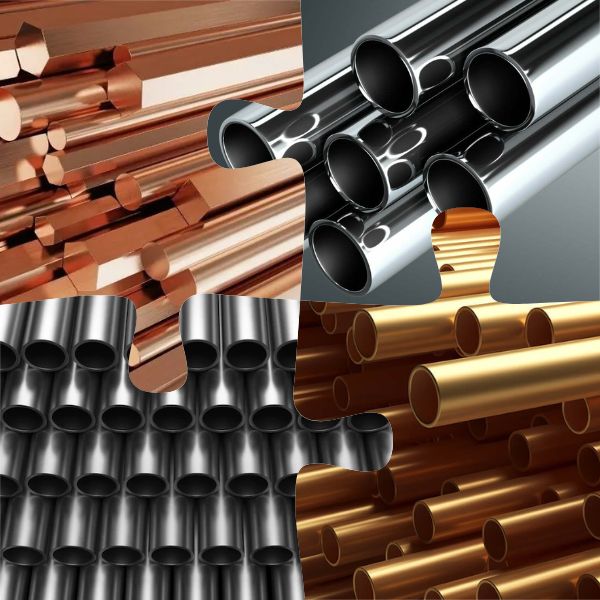
Why Choose Waterson Investment Casting?
At Waterson Corporation, we don’t just offer competitive pricing, we deliver real value. Our expertise in precision investment casting is built on what matters most to today’s global buyers:
- Reliable part performance
- Dimensional accuracy
- Consistent quality
- Regulatory compliance
We understand that in markets like the U.S. and EU, your casting supplier needs to meet more than just cost targets. You need a partner who supports your sustainability goals, provides full traceability, and helps reduce your total cost of ownership through dependable supply and technical support.

How Outstanding Are Waterson Investment Casting Methods
Waterson Corporation is a leading metal products manufacturer specializing in components for the most challenging global applications. Clients benefit from Waterson’s investment casting process, which excel in precision, durability, and surface quality—delivering unmatched reliability and performance across diverse applications.
- Precision Casting: Intricate, robust components for demanding industries.
- Superior Finish: Near-perfect surfaces with minimal processing
- ISO 2768 Standard: Exceeds aerospace, marine, and petrochemical benchmarks.
- Versatile Materials: Tailored solutions in stainless steel and alloys with efficient material cost.
Waterson Stainless Steel Investment Casting Solutions
Waterson Precision Investment Casting is a wax-based foundry located in Taiwan specializing in stainless steel precision casting. It delivers high-volume, consistently high-quality castings to industries such as door hardware, petrochemicals, medical equipment, marine, hand tools, and food equipment. With an impressive 95% above self-production rate, Waterson’s production line encompasses mold design, fluid analysis, wax model creation, shell making, dewaxing, metal pouring, post-processing (e.g., acid pickling, alkaline treatment), sandblasting, heat treatment, machining, assembly, and packaging. Its stainless steel production line supports materials such as 304 (CF8), 316 (CF8M), and 17-4 stainless steel. Currently, there is available production capacity—feel free to contact info@waterson.com.



